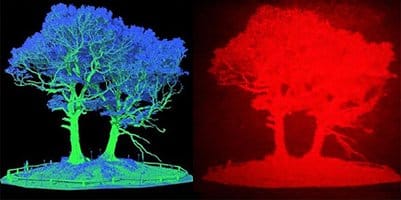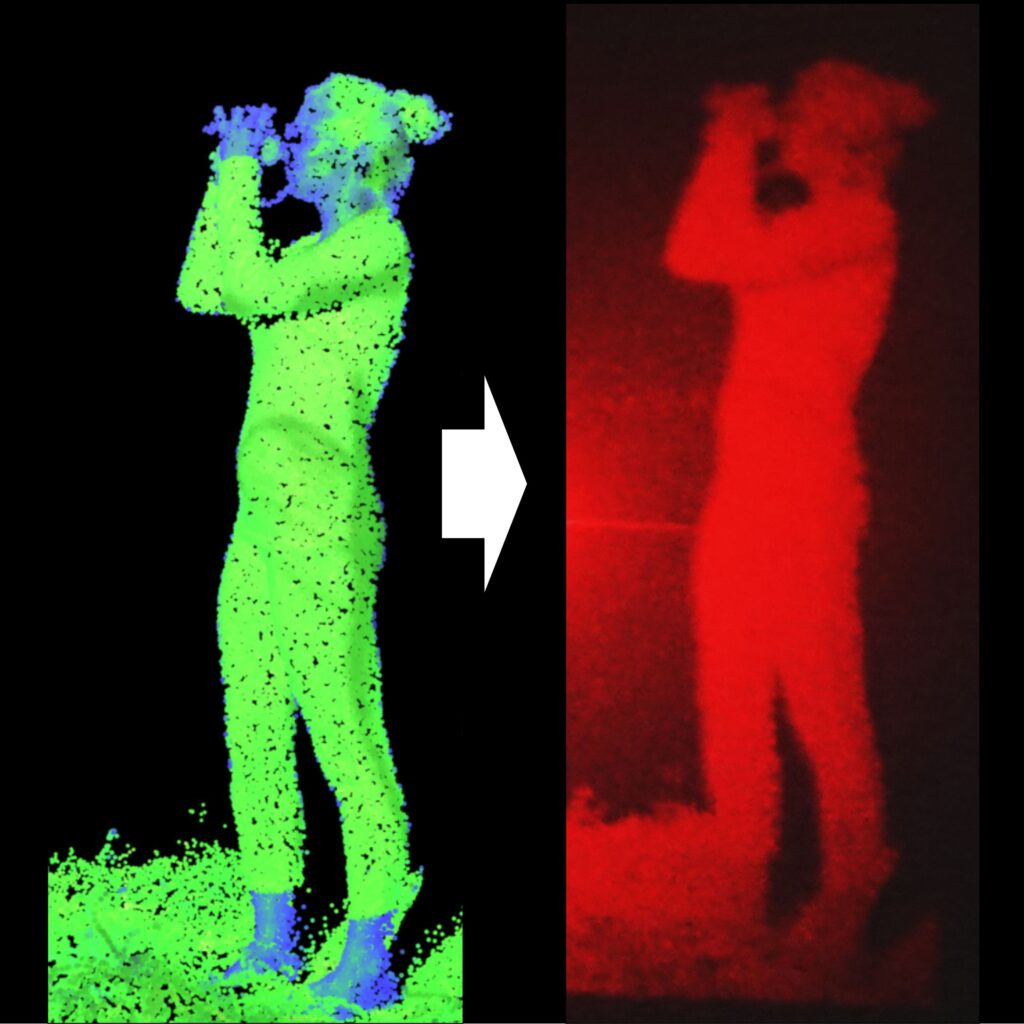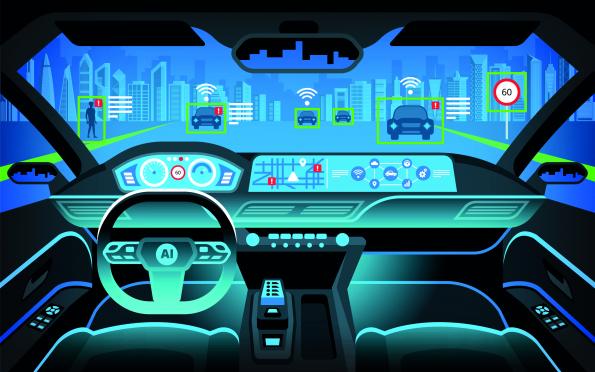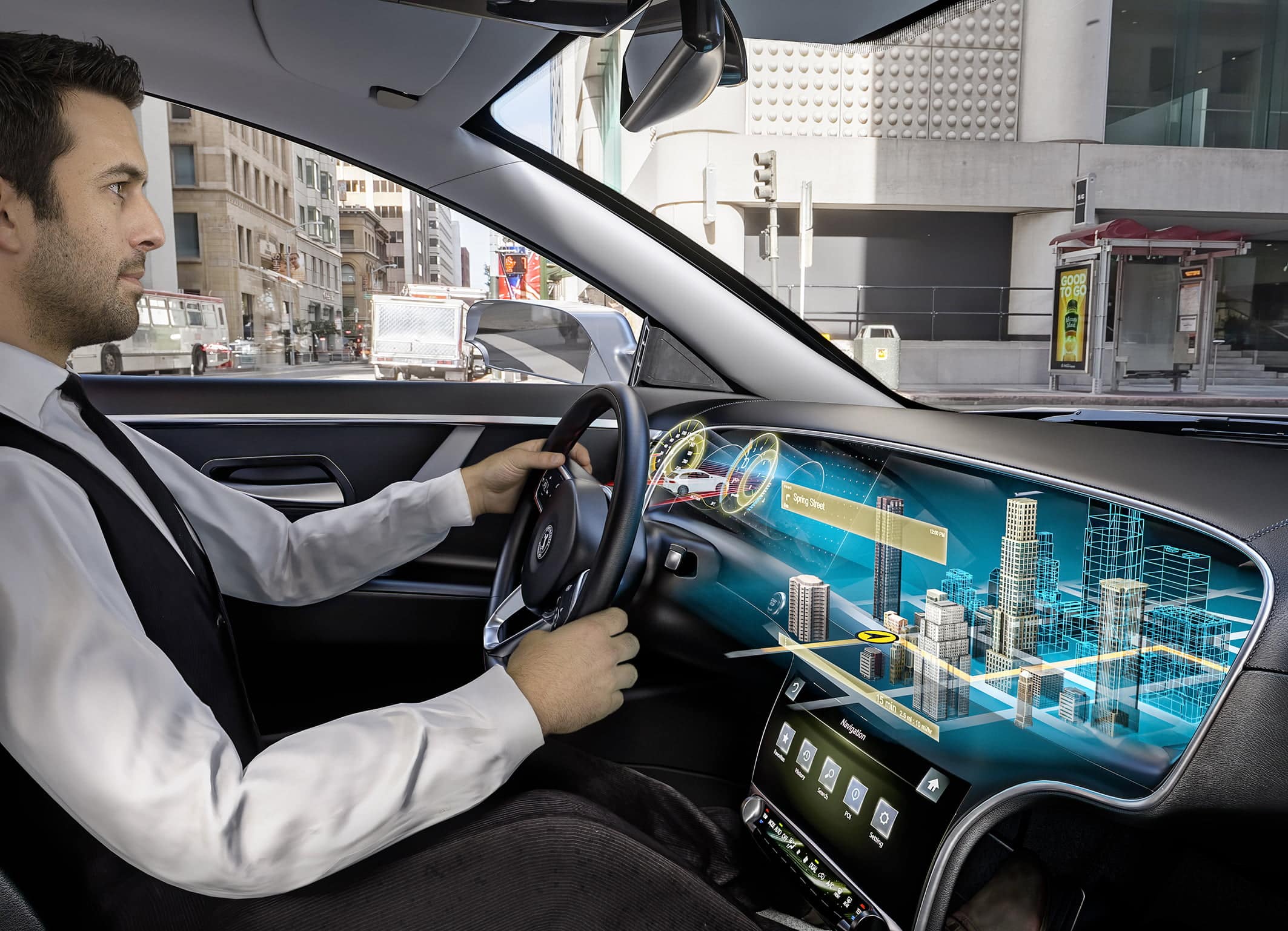A team of researchers has developed the first LiDAR-based augmented reality head-up display for use in vehicles.
Tests on a prototype version of the 'holographic dashboard' suggest this technology could improve road safety by 'seeing through' objects to warn of potential dangers without distracting the driver.
Head held high, the dashboard at eye level
The 3D holographic dashboard technology has not yet been tested in a moving car, but the first tests have already taken place.
The technology, developed by researchers at the Universities of Cambridge, Oxford and University College London (UCL), is based on LiDAR (light detection and ranging). Use LiDAR data to create holographic representations of the very high definition road. All objects that, unlike most head-up displays, are transmitted directly to the driver's eyes.
The first tests are based on data collected from a busy street in central London, and showed that holographic images appear in the driver's field of vision based on their real position, creating a true augmented reality.
Safety and detail
This could be particularly useful when objects such as traffic signs are hidden by large trees or trucks, for example, allowing the driver to "see through" visual obstacles.
How the holographic dashboard works

“Heads-up displays are being incorporated into connected vehicles. They usually project information such as speed or fuel levels directly from the dashboard onto the windshield in front of the driver, to keep his eyes on the road,” says the lead author Jana Skirnewsskaya, PhD candidate from the Cambridge Engineering Department. “However, we wanted to take it a step further by representing real objects in panoramic 3D projections.”
The results are reported in Optics Express magazine.
research in detail
Skirnewskaja and his colleagues based their system on LiDAR, a remote sensing method that works by sending a laser pulse to measure the distance between the scanner and an object. LiDAR is commonly used in agriculture, archeology and geography, but is also being tested in autonomous obstacle sensing vehicles.
Using LiDAR, the researchers scanned Malet Street, a busy street on the UCL campus in central London.
The co-author Phil Wilkes, a geographer who normally uses LiDAR to scan tropical forests, scanned the entire road using a technique called laser terrestrial scanning. Millions of pulses were sent from multiple locations along Malet Street. The LiDAR data then made it possible to create a 3D model to be transmitted to the "holographic dashboard".

“This way, we can merge the scans, building an entire scene, which captures not just trees, but cars, trucks, people, signs and everything you would see on a typical city street,” says Wilkes.
Although the data we acquired came from a fixed platform, it is similar to the sensors that will be in the next generation of autonomous or semi-autonomous vehicles.
Phil Wilkes
Image based on LiDAR data (left), converted to a hologram (right).
The next steps
In the future, the researchers hope to refine their system by customizing the holographic dashboard layout.
For now they have created an algorithm capable of projecting several layers of different objects: these layered holograms can be freely arranged in the driver's visual space. For example, in the first layer, a road sign at a further distance can be projected with a smaller dimension. In the second level, a warning sign at a closer range can be displayed in a larger size.

A super holographic view
In other words, the holographic dashboard is able to build a scenario similar to the real one, but with the added possibility of seeing objects that would be hidden in reality. A “holographic super sight”.
“This layering technique provides an augmented reality experience and alerts the driver in a natural way,” says Skirnewskaja. “Each individual may have different preferences for their viewing options. For example, the driver's vital health parameters (state of agitation, risk of falling asleep, etc.) could be projected into a desired position on the head-up display.”
Isn't the holographic dashboard likely to distract?
“Panoramic holographic projections could be a valuable addition to existing safety measures by showing road objects in real time. The holograms act to alert the driver but are not a distraction. “
The researchers are now working to miniaturize the optical components used in their holographic configuration so that they can fit in a car.
Once setup is complete, holographic dashboard tests will be performed directly in vehicles on Cambridge's public roads.


